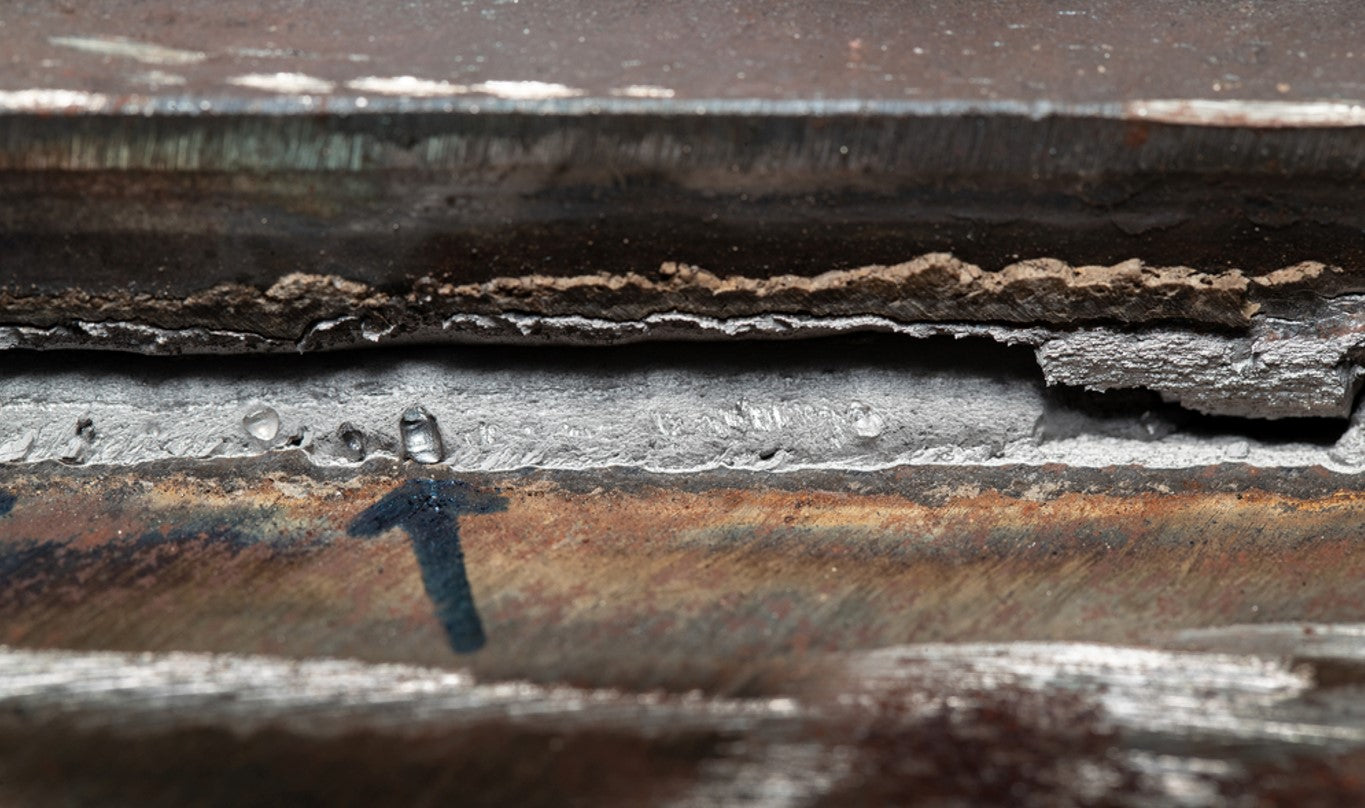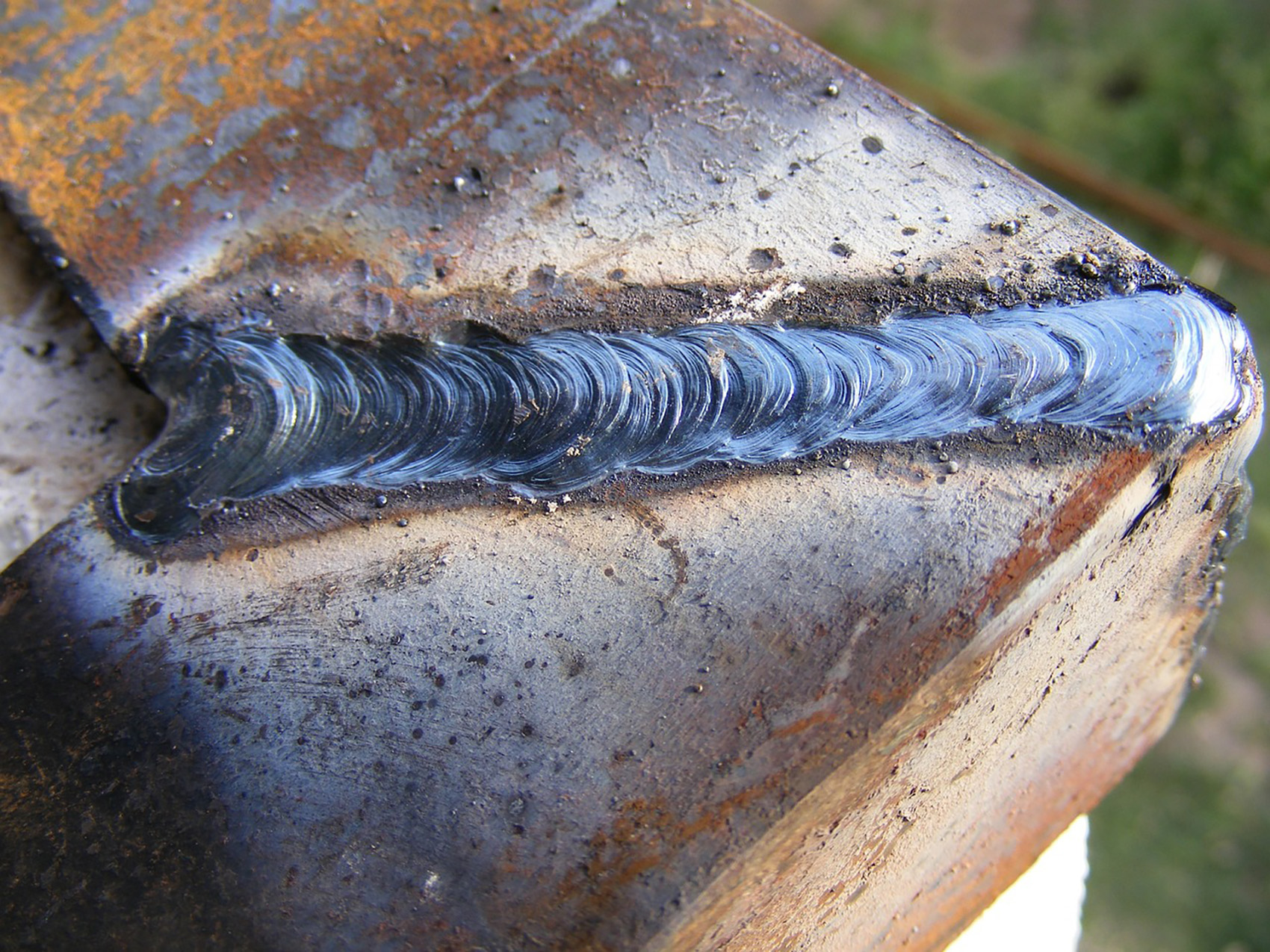Preventing Weld Undercut: Proven Methods Every Welder Ought To Know
Preventing Weld Undercut: Proven Methods Every Welder Ought To Know
Blog Article
Vital Tips for Welders: Protecting Against Undercut Welding and Ensuring Stronger Weld Joints
In the realm of welding, achieving solid and sturdy weld joints is the cornerstone of producing high-quality job. One typical difficulty that welders frequently encounter is undercut welding, which can compromise the stability of the weld joint.

Comprehending Undercut Welding
Undercut welding is a common welding flaw that occurs when the weld steel fails to appropriately fill the groove and leads to a groove-like clinical depression along the weld bead. This flaw weakens the weld joint, making it prone to cracking and failure under stress and anxiety. Undercutting can be triggered by numerous elements, consisting of too much welding current, high welding speed, inappropriate electrode angle, incorrect electrode size, and bad welding strategy.
One of the primary factors for undercut welding is an inequality between the welding current and the welding rate. If the welding current is too expensive or the welding rate is too quick, the weld steel might not properly fill up the groove, bring about damaging. Additionally, utilizing an electrode that is as well big can cause a comparable outcome, as the excess metal can not correctly stream right into the groove.
To avoid undercut welding, welders should ensure they are using the appropriate welding specifications, preserve an appropriate electrode angle, pick the suitable electrode size, and method appropriate welding methods. By attending to these aspects, welders can lessen the threat of damaging and produce more powerful, a lot more trustworthy weld joints.
Correct Welding Strategy
Reliable welding method plays a vital duty in making sure the high quality and stability of weld joints. Appropriate welding technique involves a mix of precision, ability, and adherence to best techniques. One basic element of appropriate welding technique is keeping the proper angle and range between the welding weapon and the work surface. Welders should also pay very close attention to the traveling speed and heat input to protect against concerns like undercutting, porosity, or insufficient combination.
Furthermore, a stable and regular hand motion is important for developing strong and sturdy weld joints. Welders must go for smooth, uniform activities to make sure also distribution of the weld product. Proper adjustment of the welding gun and filler product is also crucial to achieving ideal infiltration and fusion.
In addition, controlling the warm input and selecting the suitable welding criteria based on the material being bonded are crucial variables in achieving top notch welds - Preventing weld undercut. Welders should comply with the advised settings offered by welding treatment requirements and adjust them as needed based upon the details requirements of the job. By understanding proper welding techniques, welders can substantially boost the strength and dependability of their weld joints
Choosing the Right Electrode
When considering the importance of choosing the best electrode in welding applications,Preserving the right angle and range in between the welding weapon and the work surface is essential. The option of electrode plays a critical duty in determining the quality and strength of the weld joint. Electrodes come in various types, each designed for specific purposes and products.
To start with, picking the ideal electrode size is crucial. Thinner electrodes are ideal for welding slim products, while thicker electrodes are better for thicker materials and greater warmth applications. Matching the electrode size home to the density of the workpiece helps achieve a well balanced weld.
Secondly, understanding the material composition of the electrode is vital. Various electrodes are made for welding details products like steel, stainless-steel, aluminum, or cast iron. Using the right electrode material ensures excellent blend and lessens the danger of problems in the weld.
Lastly, taking into consideration the welding placement and method is important when choosing the electrode kind. Specific electrodes are much better fit for vertical or overhanging welding settings, while others work well for level or horizontal placements. Choosing the right electrode based upon the welding technique boosts the general weld quality and stability.
Preparing the Base Metal
To ensure an effective welding process, what initial actions should be taken when preparing the base steel for welding? Furthermore, any kind of existing weld product or deposit from previous welding need to be gotten rid of to make certain a clean surface area for the brand-new weld.

Carrying Out Post-Weld Inspections

After conducting these assessments, welders must contrast the outcomes versus market standards and project needs to make certain that the weld joint fulfills all needed requirements. Any deviations or insufficiencies discovered throughout the post-weld examination must click be quickly addressed via proper restorative measures to assure the weld's stability. By diligently executing post-weld assessments and quickly addressing any kind of problems, welders can promote the high quality and reliability of their job, ultimately adding to the security and longevity of the bonded structures.
Final Thought

In verdict, avoiding undercut welding and making certain stronger weld joints call for a combination of correct welding technique, picking the best electrode, preparing the base steel correctly, and conducting post-weld examinations. By comprehending the reasons for undercut welding and executing the essential precautions, welders can generate top quality weld joints that fulfill industry requirements and make certain the structural stability of the bonded parts.
Undercut welding is a common welding flaw that takes place when the weld metal stops working to effectively load the groove and results in a groove-like depression along the weld grain (Preventing weld undercut). Undercutting can be triggered by various factors, consisting of excessive welding present, high welding rate, improper electrode angle, inaccurate electrode dimension, and poor welding method
One of the browse around this web-site major reasons for undercut welding is an inequality in between the welding current and the welding speed. If the welding current is as well high or the welding rate is also fast, the weld metal may not adequately load the groove, leading to undercutting.Preserving the proper angle and range in between the welding weapon and the workpiece is essential when taking into consideration the importance of choosing the right electrode in welding applications.
Report this page